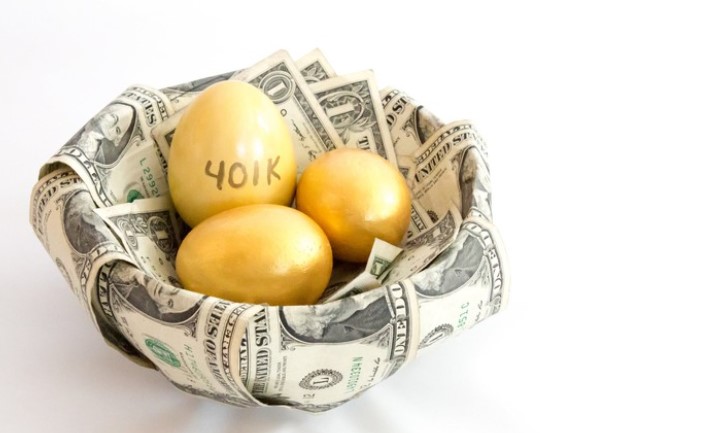
If you want a financially secure retirement, you have to save for it. But it’s hard to get an early start on your retirement savings, especially with all the demands on your hard-earned money for immediate needs. Balancing current and future financial necessities can seem next to impossible.
Unfortunately, it’s all too common for people to hit their 50th birthdays before they get serious about building up a retirement nest egg. Lawmakers know that, and that’s why you’ll find provisions in many different tax-favored retirement accounts that let you set aside a little extra cash if you’re 50 or older. In fact, 2020 will see a sizable increase in the maximum contribution limits that older Americans are allowed to make to 401(k)s. So if you’re fortunate enough to have a workplace retirement plan available to you, then you might be able to take an extra step toward your financial goals in the coming year — and save yourself some taxes at the same time.
What are catch-up contributions?
Lawmakers created catch-up contributions back in the early 2000s as part of tax reform efforts. The move acknowledged the fact that the huge Baby Boom generation was approaching retirement age, and that many people nearing the end of their careers hadn’t yet saved enough to cover their financial needs.
As a result, a number of different retirement plans allow for catch-up contributions:
- For IRAs, those 50 or older can contribute an additional $1,000 per year.
- Participants in SIMPLE IRAs and SIMPLE 401(k) plans get a $3,000 catch-up contribution annually if they’re 50 or older.
- 401(k) participants who were 50 or older in 2019 were able to contribute an extra $6,000 beyond the regular contribution limits.
You’ll even find some catch-up provisions in other contexts. For instance, health savings accounts also provide for a catch-up contribution of $1,000, although it’s only available to those 55 or older rather than using 50 as the eligibility age.
What’s happening to catch-up contributions in 2020?
As part of the tax law provisions that created them, the catch-up contributions for 401(k) and SIMPLE plans are indexed to inflation. That means that as prices rise, so too will the catch-up amounts.
However, most of these numbers don’t change from year to year. That’s because the law requires the numbers to stay the same until there’s enough of an adjustment to kick the number up to the next $500 increment. So back in 2015, the 401(k) catch-up climbed from $5,500 to $6,000.
After five years, 401(k) catch-up contributions are getting another bump higher. Starting in 2020, those 50 or older will be able to set aside an extra $6,500 in their retirement plans. That gets added on to the new base contribution limit of $19,500, providing for as much as $26,000 in total retirement savings just in your 401(k).
Too much to ask?
Of course, a lot of people aren’t going to be able to come close to maxing out their 401(k) contributions. Even with a salary in the low six-figures, saving as much as a quarter of your total pay just isn’t realistic for a lot of people.
But before you dismiss the idea completely, consider the fact that by the time you’re in your 50s, many of the financial burdens you’ve had in the past have often eased. Kids grow up and go off on their own, paying off your mortgage can make monthly payments disappear, and you’re often at the peak of your earning potential in your career.
Start saving more
When they created catch-up contributions, lawmakers definitely had in mind urging workers who are approaching retirement to get into gear with their savings strategies. Take advantage of what they gave you to save more, and you’ll be in a better position to have the retirement you’ve dreamed of.
























